Home>Ideas and Tips>Zoysia Grass Care: Winter Dormancy Tips For Florida
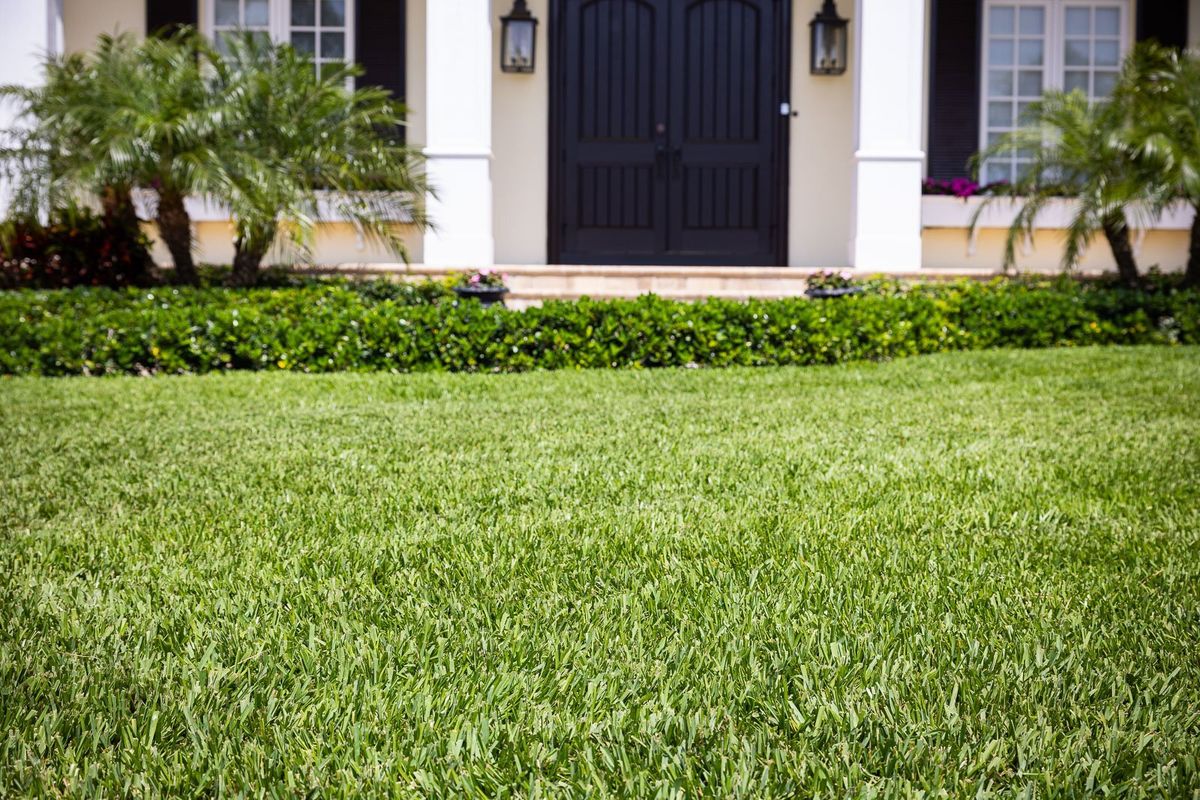

Ideas and Tips
Zoysia Grass Care: Winter Dormancy Tips For Florida
Modified: November 1, 2024
Learn essential tips for caring for Zoysia grass during Florida's winter dormancy to ensure a healthy, vibrant lawn come spring.
(Many of the links in this article redirect to a specific reviewed product. Your purchase of these products through affiliate links helps to generate commission for Storables.com, at no extra cost. Learn more)
Zoysia Grass Care: Winter Dormancy Tips for Florida
Zoysia grass is a popular choice for lawns in Florida due to its warm-season growth, shade tolerance, and ability to withstand salt and traffic. However, as the winter months approach, Zoysia grass enters a dormant state to conserve energy and survive the cooler temperatures. Proper care during this period is crucial to ensure your lawn remains healthy and vibrant when the weather warms up again. In this article, we will delve into the specific winter dormancy tips for Zoysia grass in Florida.
Understanding Zoysia Grass Dormancy
Zoysia grass, like other warm-season grasses in Florida, goes dormant when the temperature drops below its optimal growth range, typically around 50°F (10°C). This natural adaptation mechanism allows the grass to conserve energy and survive the cooler winter months. During dormancy, some areas of the lawn may turn brown while others remain green, especially around houses, fence lines, and trees with canopies.
Read more: How Often To Water Grass In Florida Winter
Preparing Your Lawn for Dormancy
Fertilization Timing
Fertilizing your lawn in late summer or early fall is essential for building up the grass's energy reserves. This step is crucial as the grass will rely on these reserves during dormancy. Avoid late fall or winter fertilization, as it may stimulate unnecessary growth when your lawn should be conserving energy. In Florida, the first fertilizer application for Zoysia grass should be early to mid-April in central and north Florida, and throughout the year in south Florida due to year-round growth.
Proper Watering Techniques
During the winter months in Florida, rainfall is generally lower, and you may need to supplement it with occasional irrigation. Be mindful not to overwater, as this can increase the risk of disease. Watering your lawn once per week, 30-45 minutes per lawn zone, is typically sufficient to maintain the health of your dormant lawn. Only water when temperatures are above 40 degrees to avoid unnecessary damage.
Clearing Debris
Remove fallen leaves and other debris from your lawn. A layer of debris can create a moist environment that invites pests and diseases. Keeping the lawn clean will help ensure a healthier lawn when spring arrives.
Pest Control Measures
Keep an eye out for pests such as grubs and mole crickets. Applying pest control measures in the fall can help prevent these critters from damaging your lawn during dormancy. For example, applying a pre-emergent herbicide in late summer or early fall can help reduce weed growth during the dormant season.
Weed Control
Dormant lawns are vulnerable to weed infestations. Applying a pre-emergent herbicide in late summer or early fall can help reduce weed growth during the dormant season. The weed population will be more noticeable due to winter weeds continuing to grow while the grass remains dormant and doesn’t grow.
Winter Lawn Care Practices
Refrain from Mowing
Once your lawn has entered dormancy, avoid mowing as much as possible. The grass isn’t actively growing, so mowing it can cause stress and potentially damage the lawn. If you must mow, keep the mower blade at a higher setting to avoid cutting too much of the grass blade.
Minimize Foot Traffic
Reducing foot traffic on your dormant lawn is a key practice. Walking on the grass can damage the blades and compact the soil, which inhibits healthy growth when spring returns. Additionally, when it comes to lawn fungus, if you walk through an infected area of the lawn into another, you will spread the fungus.
Maintain a Clean Lawn
Continue to clear away any debris, leaves, or fallen branches throughout the dormancy season. This keeps your lawn clean and helps prevent disease and pest issues.
Read more: When To Plant Zoysia Grass Plugs
Thatch Management
Zoysiagrasses generally develop a thick thatch layer in the years after establishment. Proper nitrogen fertility and mowing heights help prevent thatch buildup. If a thick thatch layer occurs, it may be removed mechanically using a vertical mower or power rake.
Pest Management
Zoysiagrass can generally resist weed invasion due to its thick, dense growth habit. However, if weeds are a persistent problem, use herbicides labeled for zoysiagrass. Serious insect pests include hunting billbugs, mole crickets, white grubs, and sod webworms. Major disease problems include large patch, dollar spot, and rust.
Aeration
Fall is the perfect time of the year to aerate your lawn. This involves pulling up small plugs of soil from the ground to allow water, fertilizer, and oxygen to penetrate the soil more deeply. This helps your lawn build a stronger root structure, which will help it survive the winter months and encourage it to grow back even stronger in the spring.
Fertilization
Autumn is also a great time of year for fertilizing your lawn. This way, the fertilizer will have plenty of time to soak into the soil and get absorbed through your lawn’s roots. Then, when the weather warms up again in the spring, your lawn will be ready to bounce back to life with vibrancy and color right away. Different types of grass have varying fertilization needs, so be sure to check with a lawn care specialist to verify exactly what your lawn needs.
Read more: When To Plant Zoysia Grass
Mowing During Dormancy
Since your lawn won’t be growing as quickly during the winter months, you won’t need to mow very frequently. However, it's still important not to let your lawn grow too long. If you let your lawn grow too long, sunlight won’t be able to reach down to the lower parts of the grass. Cut it too short, on the other hand, and the blades won’t have enough surface area to absorb sunlight. A good guideline is to keep your lawn between two and three inches for most types.
Bringing Your Lawn Back to Life
If you find that your lawn isn’t looking its best when the weather warms back up again, there are steps you can take to bring it back to life. For example, if there are barren patches in your lawn, you can replace them with fresh sod. From St. Augustine to Bahia to Zoysia and more, there are various types of sod available that can help restore your lawn's lush look.
Specific Tips for Different Zoysia Cultivars
El Toro
‘El Toro’ is an improved coarse-textured Zoysia japonica released in 1986 from California. It has a faster establishment rate, improved cool-season color, better drought resistance, and less thatch buildup than Meyer zoysiagrass. El Toro is also reported to have early spring green-up, more shade tolerance, and improved resistance to rust disease. However, it is susceptible to large patch disease.
Empire Turf
Empire Turf has a faster rate of growth and recovers more quickly from scalp damage. It is a popular choice for lawns in Florida due to its adaptability and resilience.
Geo, Zeon, and Zorro
These three cultivars are fine-textured, dark green, and very similar in appearance. All three have limited availability in Florida. ‘Zorro’ was developed by Texas A&M University. ‘Zeon’ is a popular zoysiagrass in many regions but is not as well adapted to Florida. All three have good shade tolerance and are good choices to replace bermudagrasses on golf courses where shade is a concern. They perform well at mowing heights ranging from 0.5” to 2.0”. Disease issues include dollar spot and large patch.
Thrive
‘Thrive’ is a new fine-textured hybrid cultivar that exhibits excellent adaptability and resilience. It is a good choice for lawns in Florida due to its ability to maintain a lush appearance even during periods of drought.
Conclusion
Zoysia grass care during the winter months in Florida requires careful attention to ensure your lawn remains healthy and vibrant when the weather warms up again. By following these tips—fertilizing in late summer or early fall, minimizing foot traffic, maintaining a clean lawn, and avoiding unnecessary mowing—you can help your Zoysia grass survive the dormancy period effectively. Additionally, understanding specific needs of different cultivars like El Toro, Empire Turf, Geo, Zeon, Zorro, and Thrive can further enhance your lawn's resilience. With these guidelines in mind, you'll be well-prepared to navigate Florida’s unique winter lawn care challenges and enjoy a lush, inviting lawn year-round.
Was this page helpful?
At Storables.com, we guarantee accurate and reliable information. Our content, validated by Expert Board Contributors, is crafted following stringent Editorial Policies. We're committed to providing you with well-researched, expert-backed insights for all your informational needs.
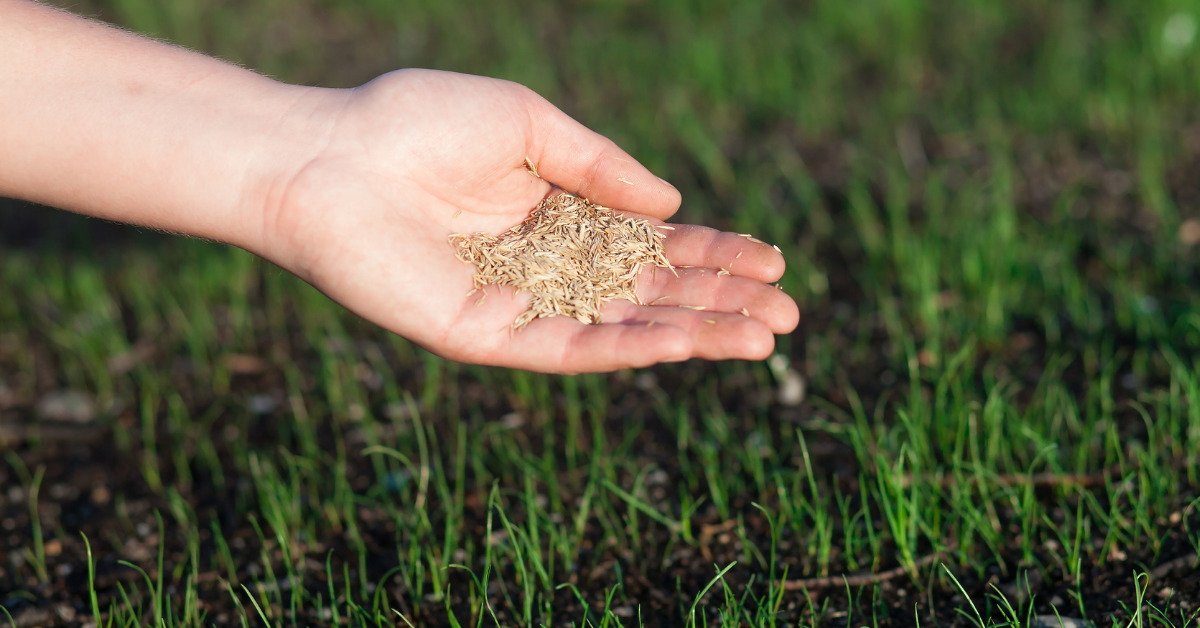
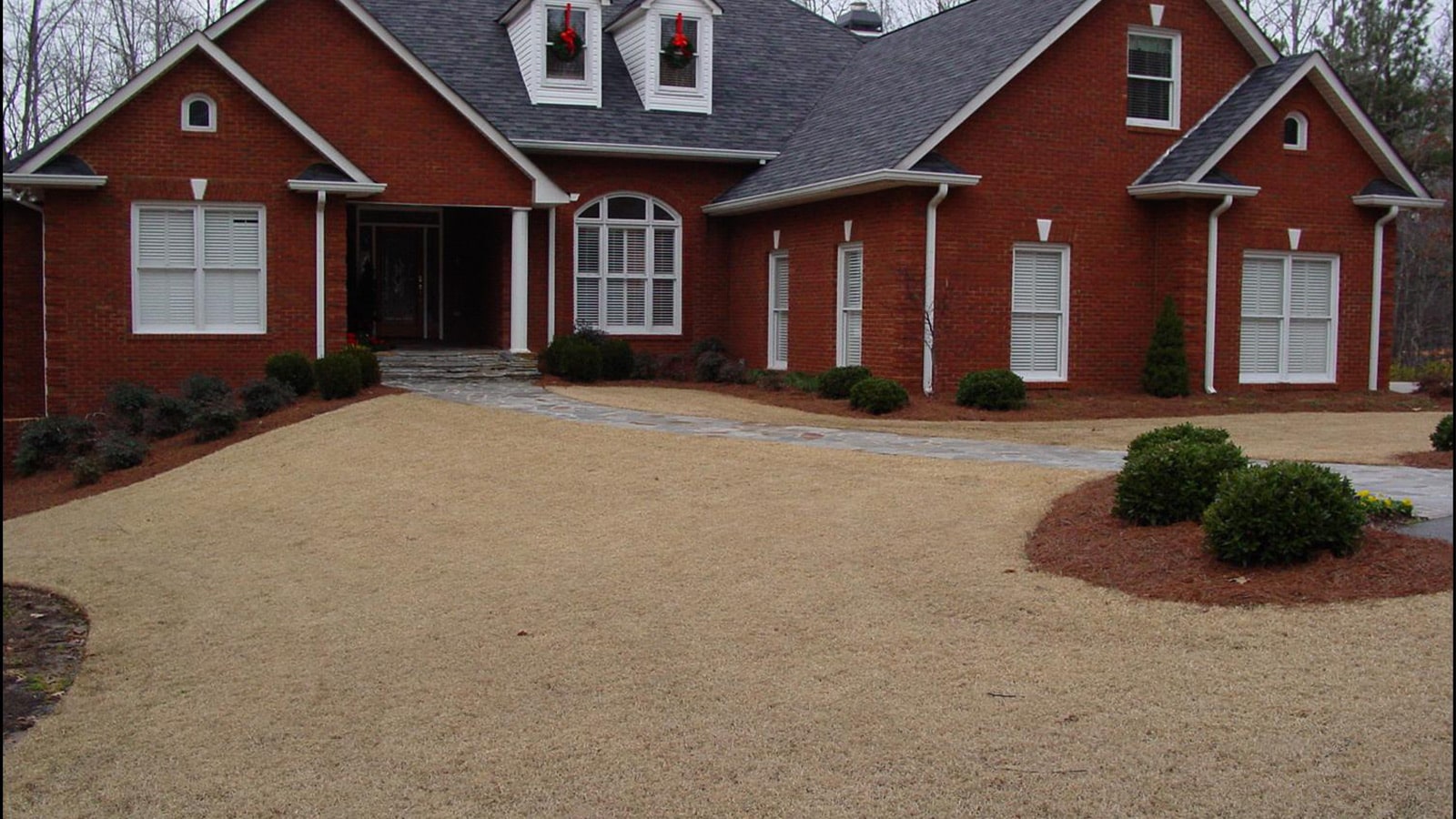
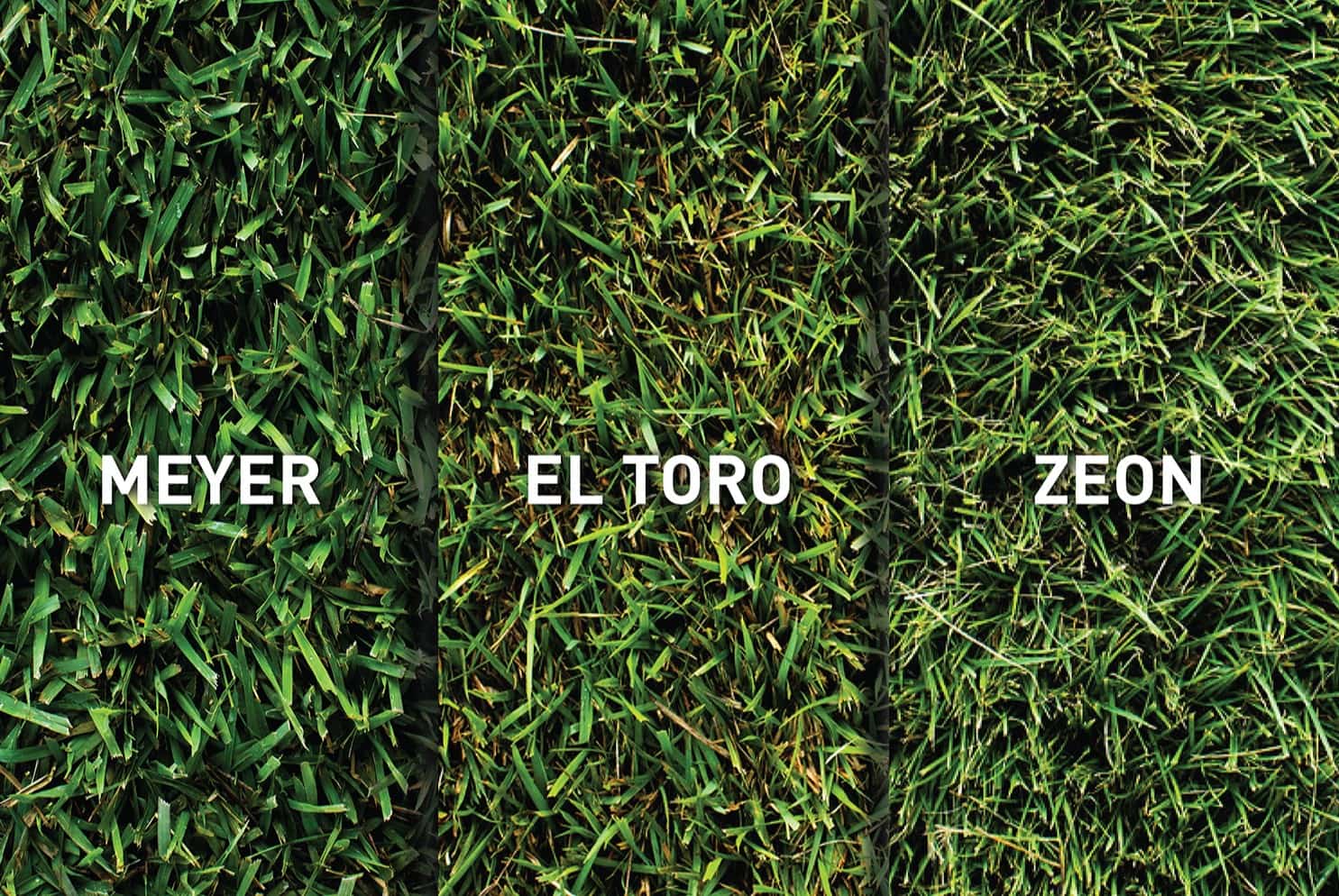
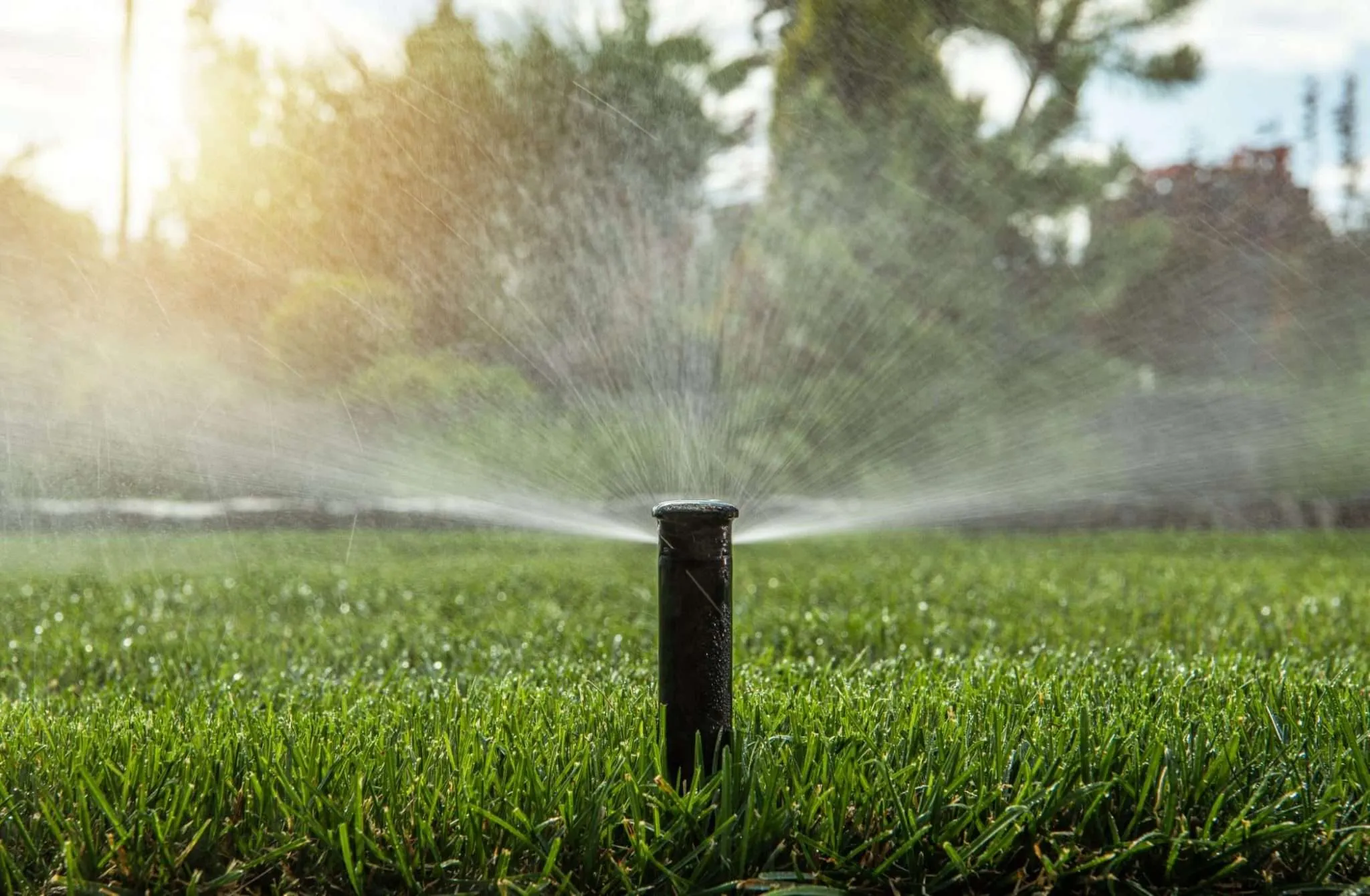
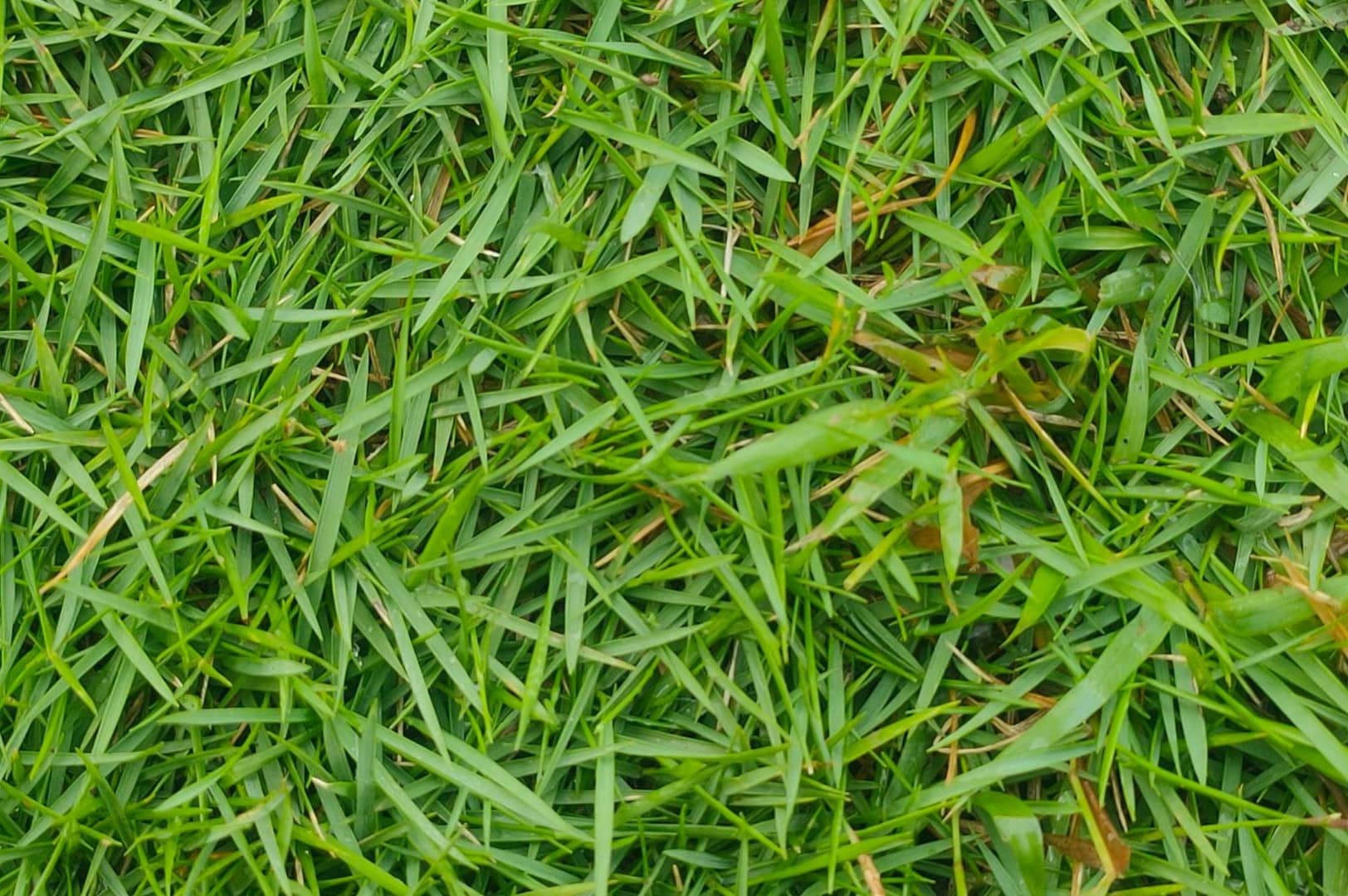
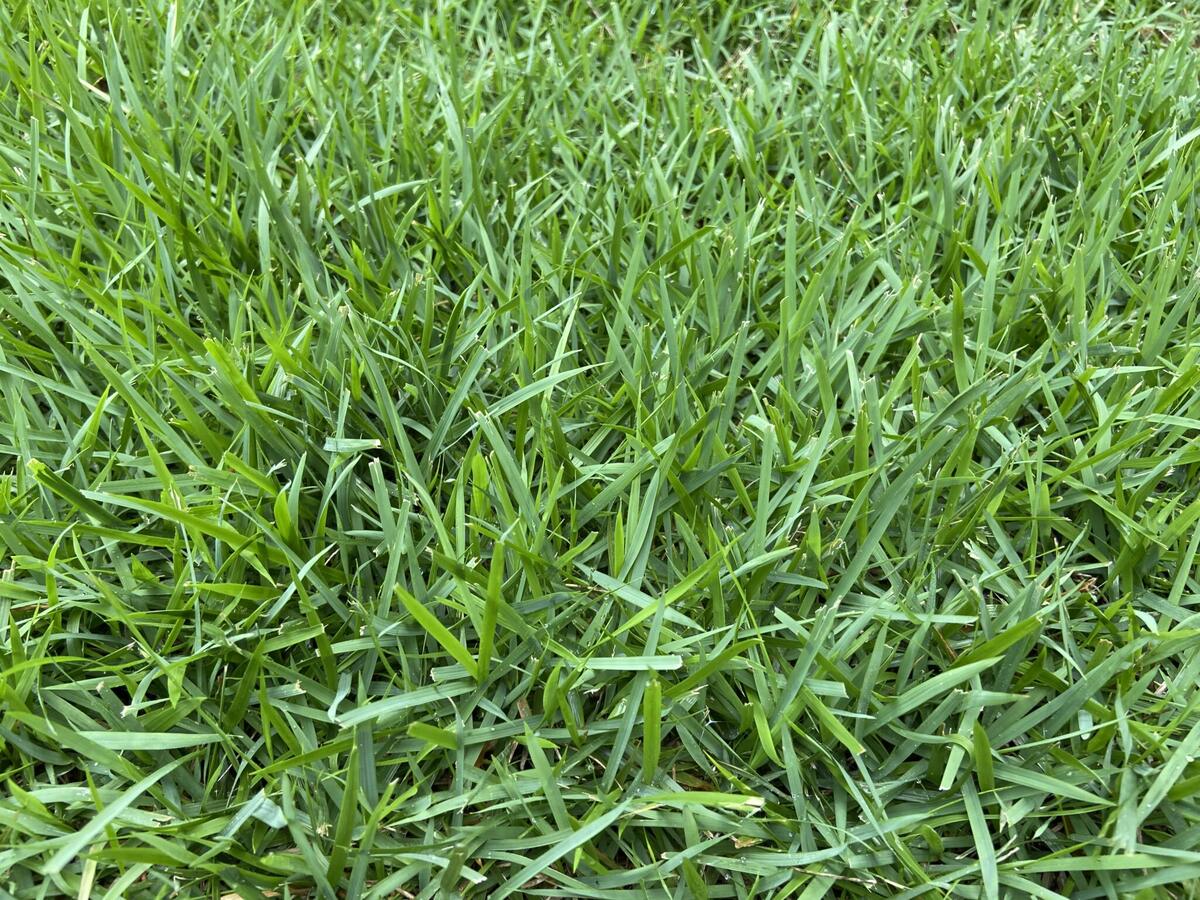
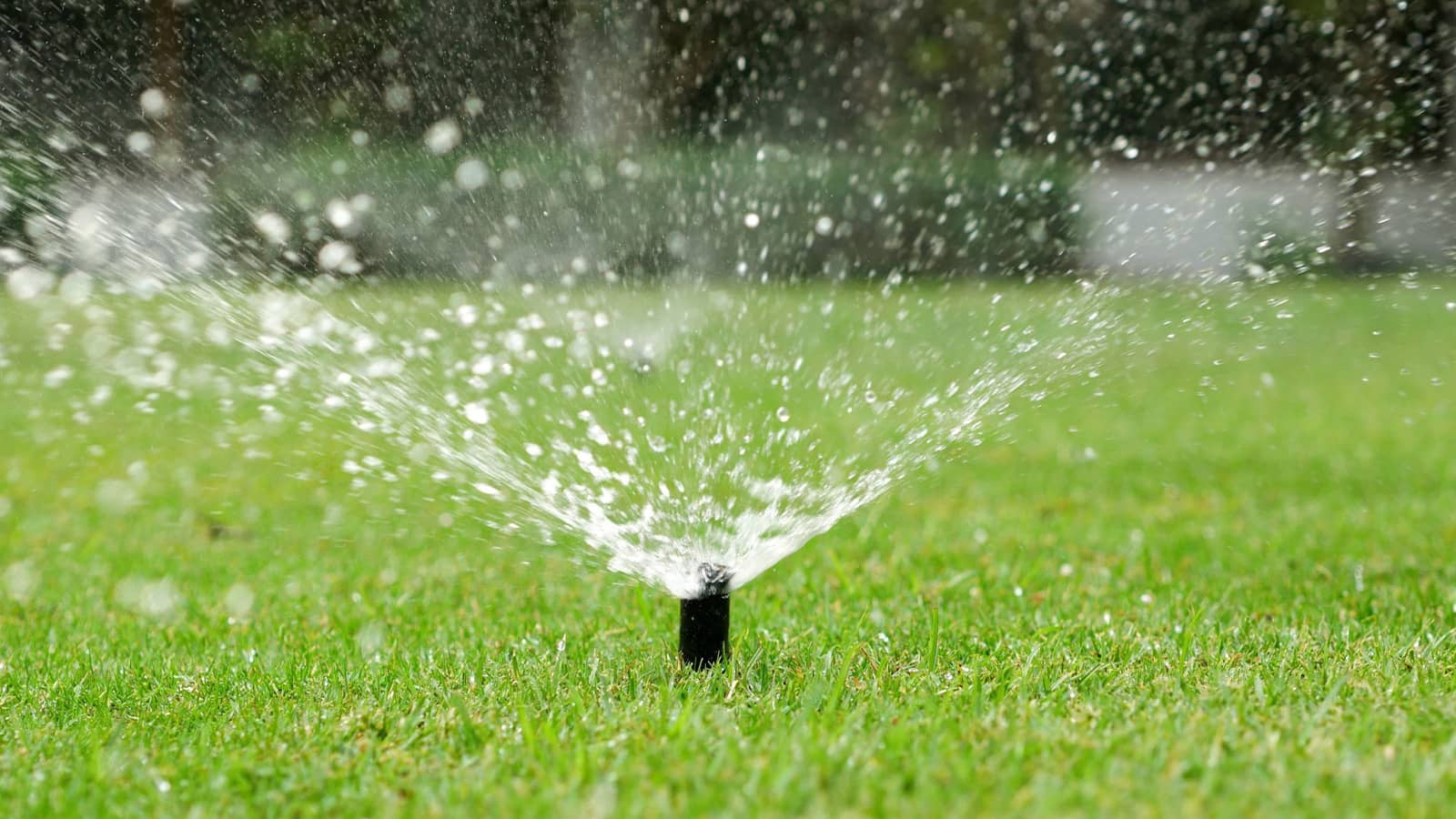
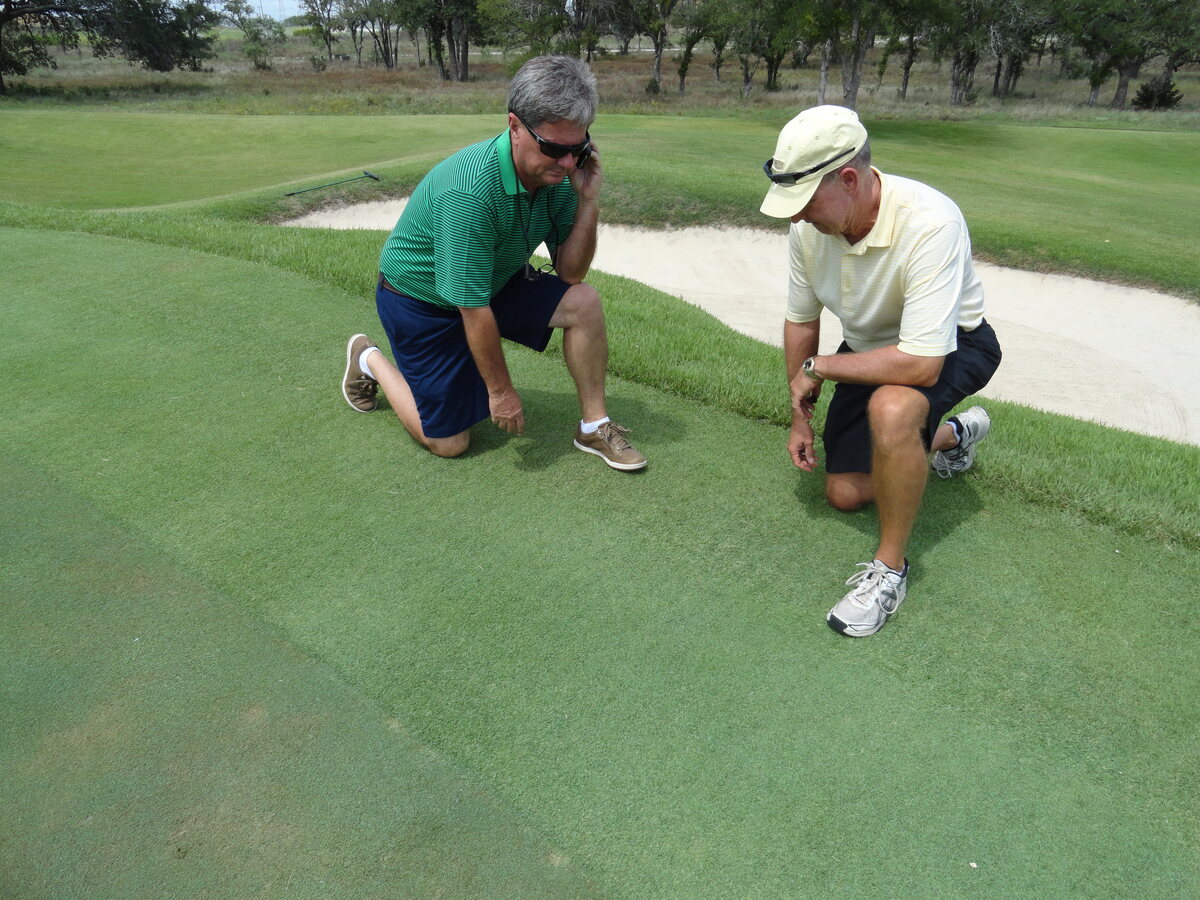
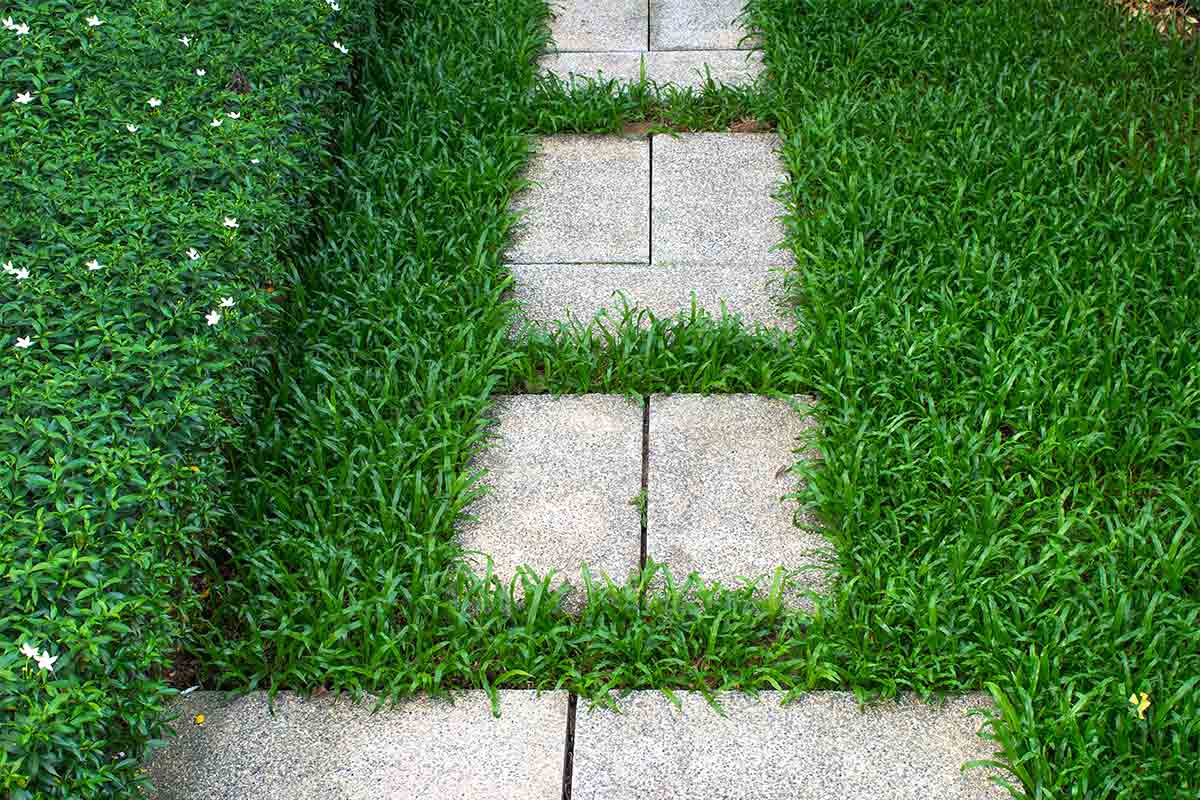
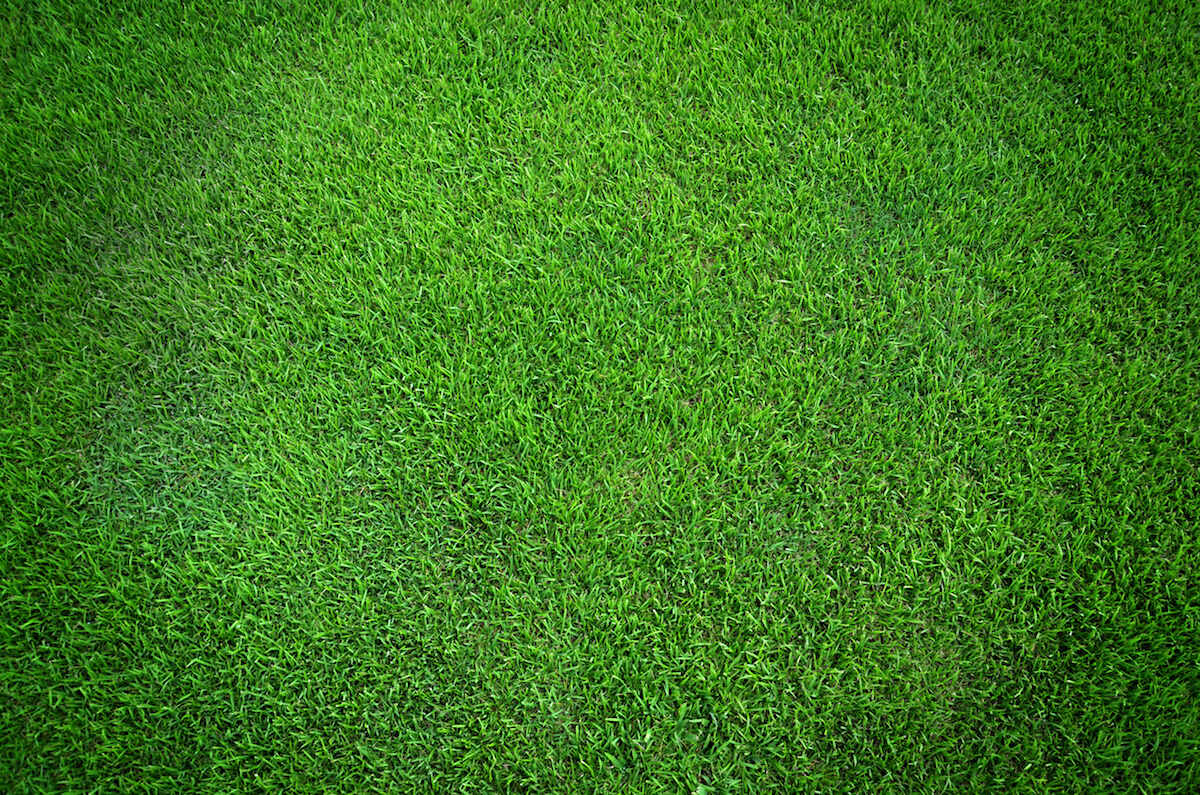
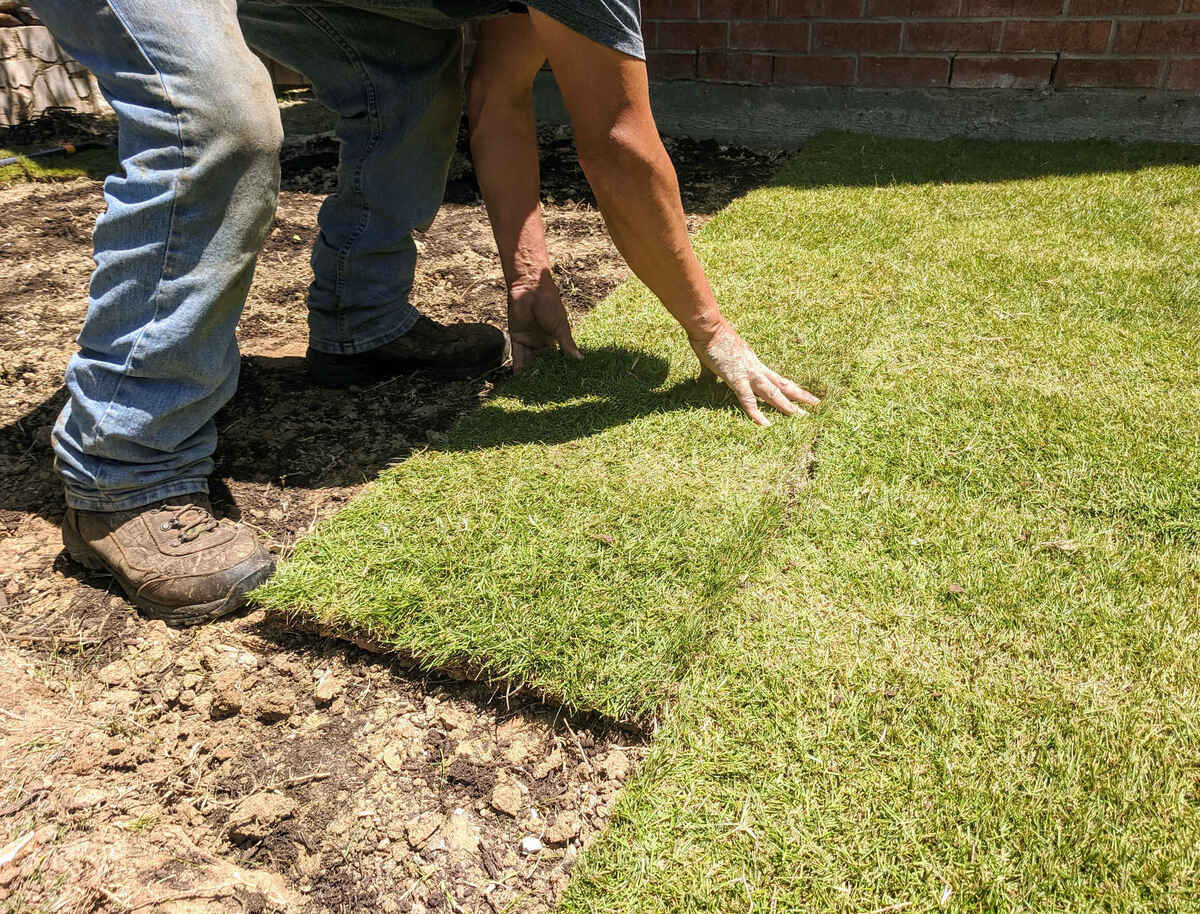
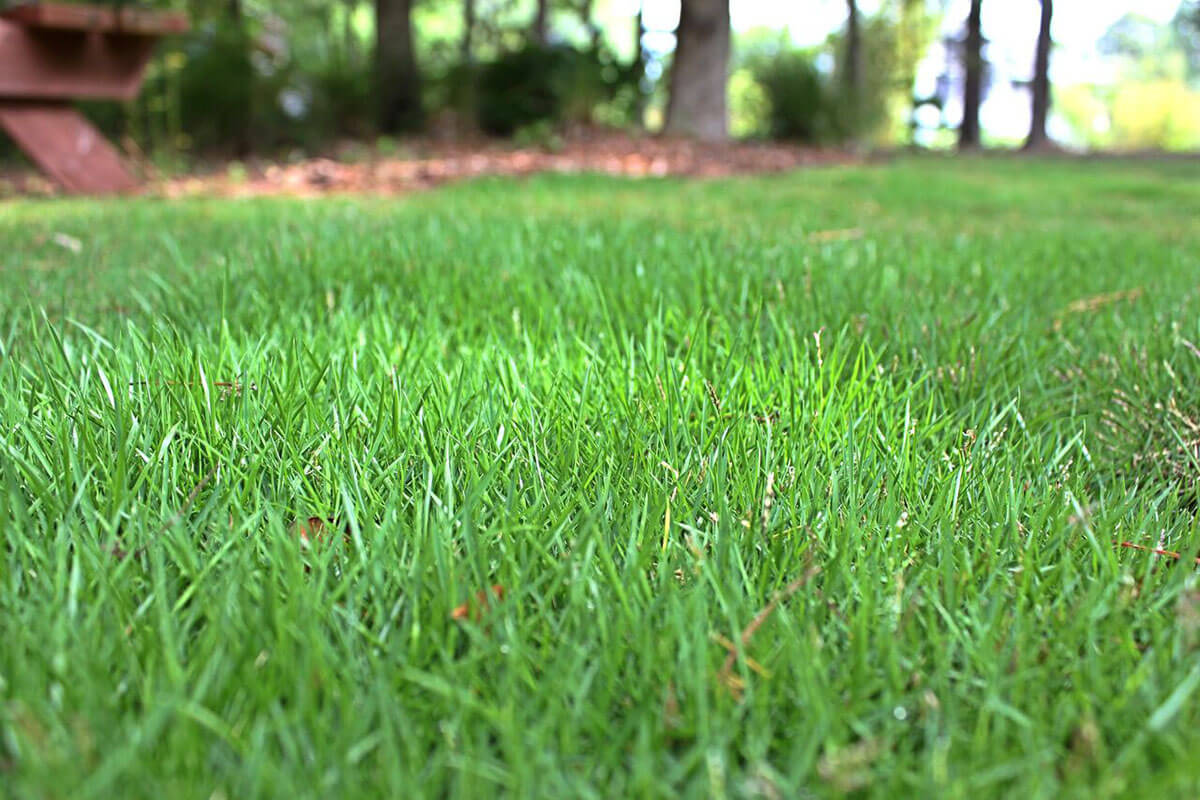
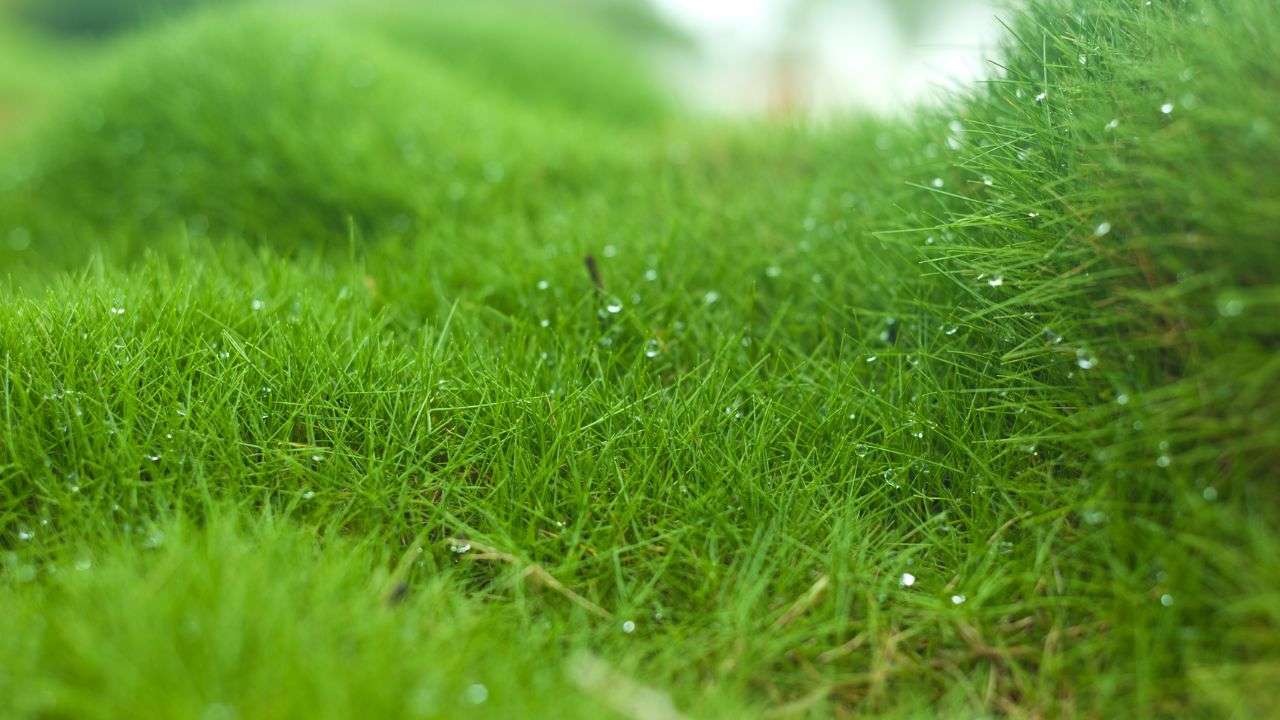

0 thoughts on “Zoysia Grass Care: Winter Dormancy Tips For Florida”